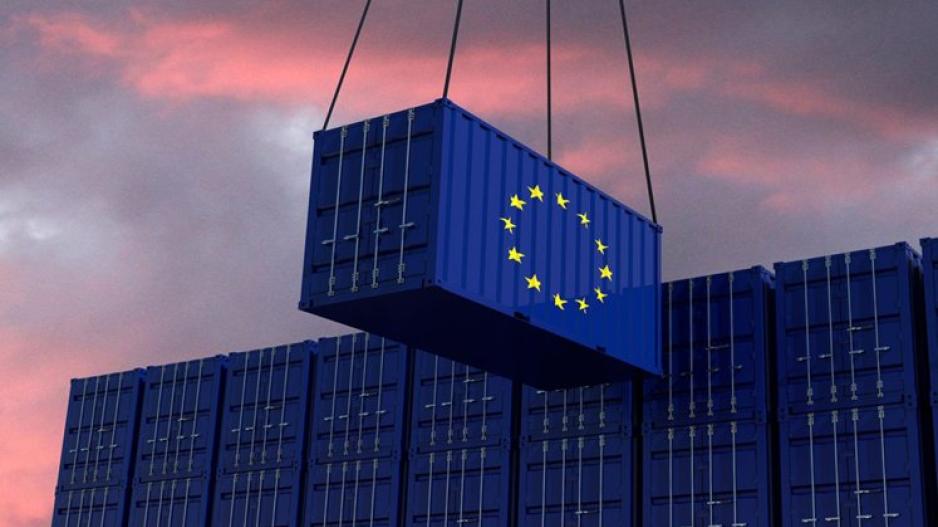Cyprus Tops EU in Export Growth with 7.5% Increase, Also Sees Major Rise in Imports
Eurostat's Initial Estimates on EU Trade Performance
In November 2023, Cyprus recorded the largest annual increase in exports among the EU member states, with a 7.5% rise compared to November 2022. It also noted the second-largest increase in imports during the same period. This came at a time when the majority of EU countries reported decreases in both imports and exports, according to Eurostat's initial estimates.
Specifically, in November 2023 compared to November 2022, all EU member states, except for four, experienced a decrease in exports. The most significant decreases were in Belgium (-20.6%), Latvia (-18.8%), Bulgaria (-18.0%), and Lithuania (-17.2%). The largest increase was in Cyprus (+7.5%).
Regarding imports, all member states recorded reductions in November 2023 compared to November 2022, except for Ireland (+1.8%), Cyprus (+2.5%), and Slovenia (+7.8%). The highest reductions were in Hungary (-25.0%) and Belgium (-22.0%).
It is reminded that that the trade deficit for Cyprus recorded an increase of €962.3 million during the period from January to November 2023, compared to the same period in 2022, according to preliminary data released by the Cyprus Statistical Service.

At the eurozone level, initial estimates for November 2023 showed exports of goods to the rest of the world at €252.5 billion, a 4.7% decrease compared to November 2022 (€265.0 billion). Imports from the rest of the world were estimated at €232.2 billion, down 16.7% compared to November 2022 (€278.8 billion).
As a result, the eurozone recorded a surplus of €20.3 billion in goods trade with the rest of the world in November 2023, compared to a deficit of €13.8 billion in November 2022.
Intra-eurozone trade decreased to €227.2 billion in November 2023, down by 9.4% compared to November 2022.
From January to November 2023, eurozone exports to the rest of the world decreased to €2,621.3 billion (a decrease of 0.6% compared to January-November 2022) and imports decreased to €2,571.7 billion (a decrease of 13.1% compared to January-November 2022).
As a result, the eurozone recorded a surplus of €49.7 billion, compared to a deficit of €323.7 billion in January-November 2022.
Intra-eurozone trade decreased to €2,441.0 billion in January-November 2023, down by 4.6% compared to January-November 2022.
At the level of the European Union, the first estimate for goods exports outside the EU in November 2023 was €225.5 billion, a decrease of 5.1% compared to November 2022 (€237.6 billion). Imports from the rest of the world were €206.3 billion, down 20.5% compared to November 2022 (€259.5 billion).
As a result, the EU recorded a surplus of €19.2 billion in goods trade with the rest of the world in November 2023, compared to a deficit of €22.0 billion in November 2022.
Trade within the EU decreased to €358.5 billion in November 2023, down 7.6% compared to November 2022.
From January to November 2023, EU exports of goods outside the EU remained stable at €2,352.5 billion, while imports decreased to €2,327.0 billion (a decrease of 16.1% compared to January-November 2022).
As a result, the EU recorded a surplus of €25.5 billion, compared to a deficit of €423.1 billion in January-November 2022.
Trade within the EU decreased to €3,806.7 billion in January-November 2023, down 2.9% compared to January-November 2022.






